A biweekly newsletter with public space news, resources, and opportunities.
A curated dispatch on all things public markets plus the latest announcements from the Market Cities Program.
Please note that these Hall of Shame nominations were written in a moment in time (most over a decade ago) and likely have since changed or even been transformed. If the above entry is now great, or still not so great, go ahead and comment below on how it has evolved or nominate it as a great place.
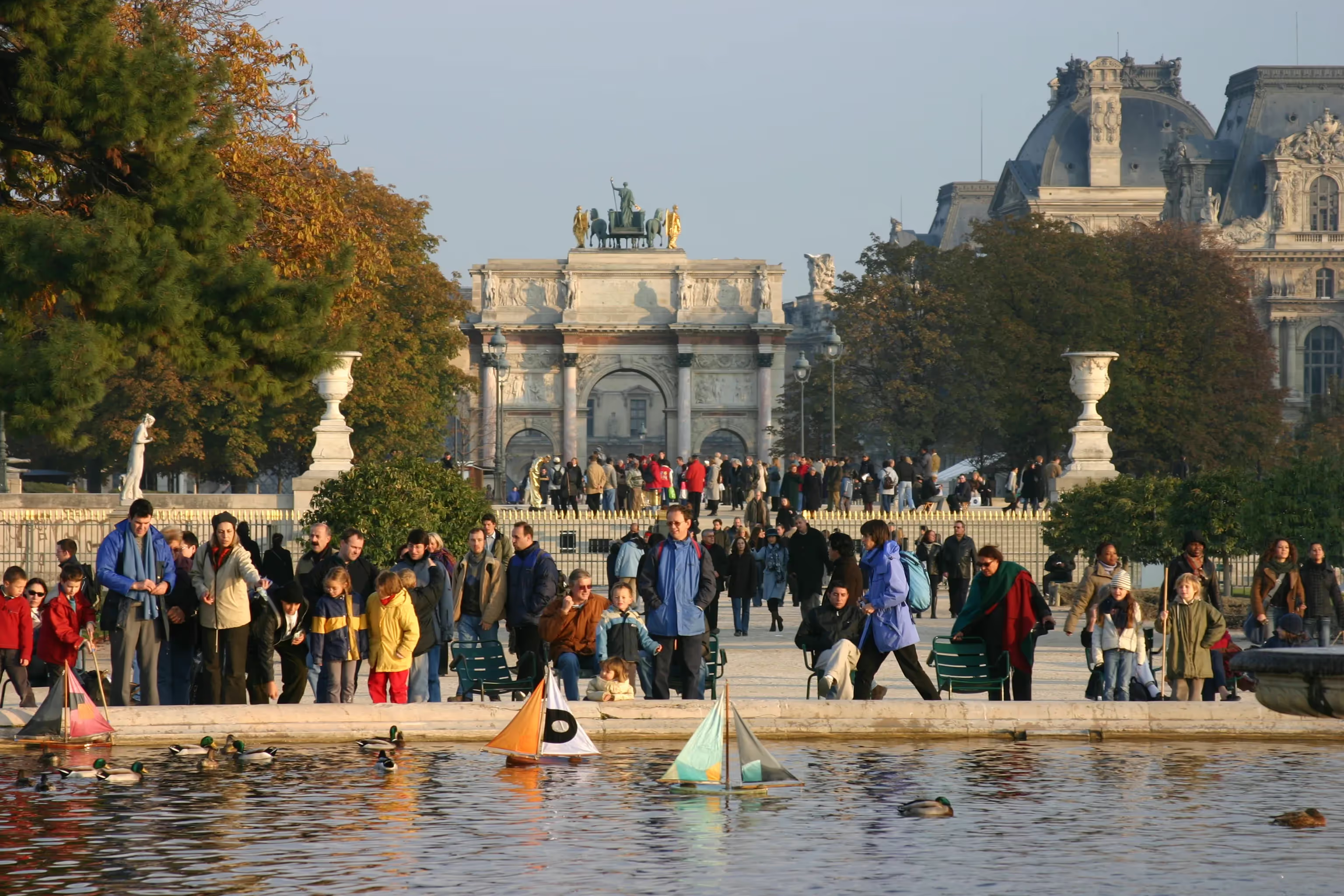
Tuileries Palace encloses the western end of the Louvre and the formal seventeenth century gardens that make up the central-most park in Paris, stretching from the Louvre to the Place de Concorde, and bordered by the Seine.

Recently renovated and separated from car traffic, the enchanting Jardin des Tuileries is the site of varied public activity. It is spread with fountains, and sculpture, cafes and meeting places, formal gardens and seating. Its central location is very accessible from different metro and bus lines making it a popular destination point for friends, families and pets.
These tranquil gardens have a bloody history. Louis the XVI and Marie Antoinette were held prisoner in the palace, after being routed from Versailles during the French Revolution, and the siege at the Tuileries by the Parisian mob at the close of the revolution in 1893 left a thousand dead. The Tuileries Palace was looted and burned once again during the Paris Commune. The Tuileries Gardens were one of the first to open to the public, and have served as a proto-type for public gardens across Europe. Even at that time, the gardens boasted cafes and kiosks, places where people of all social classes could meet and relax. A recent renovation of the gardens has incorporated them into the extended Louvre and Grand Axis vista.
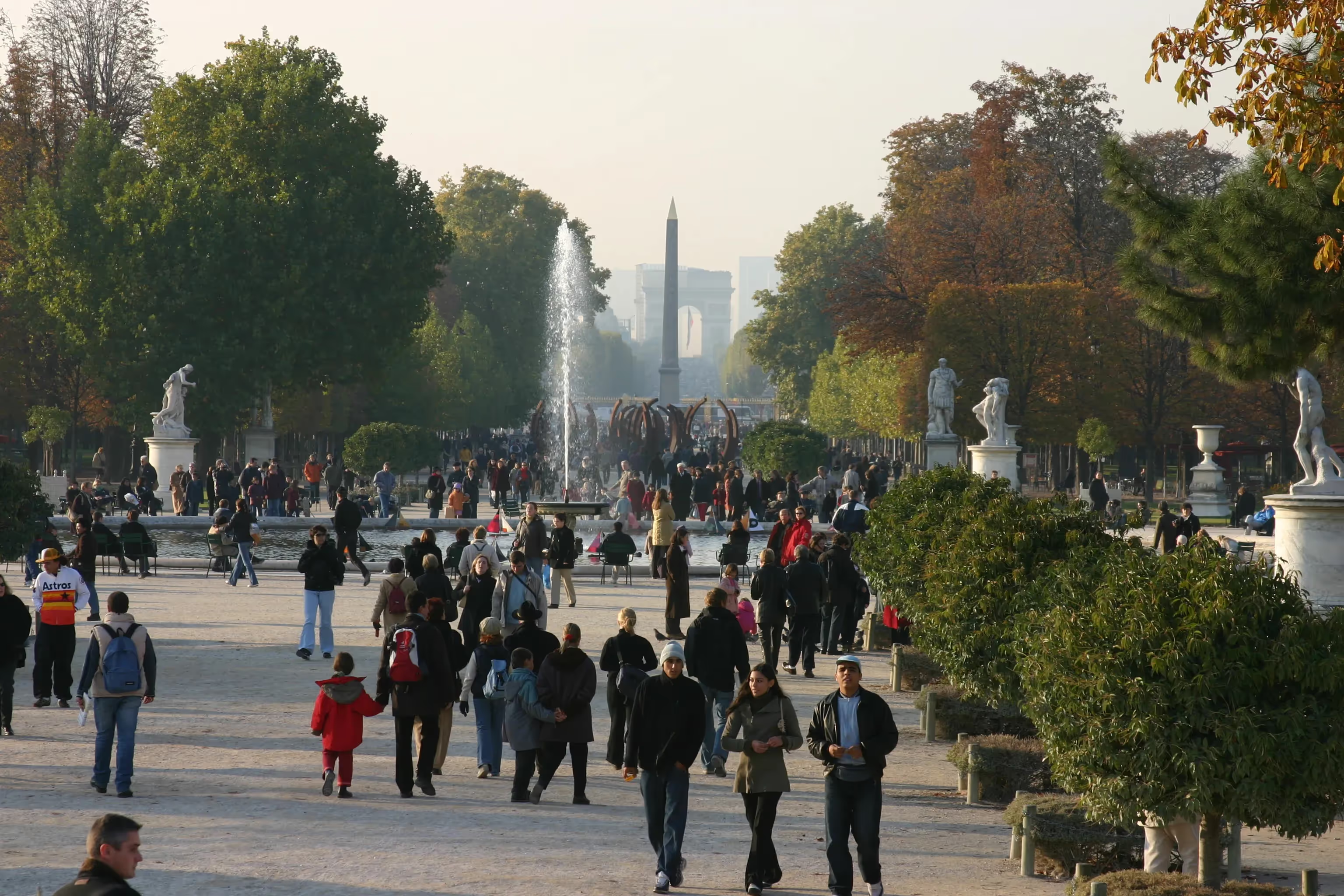
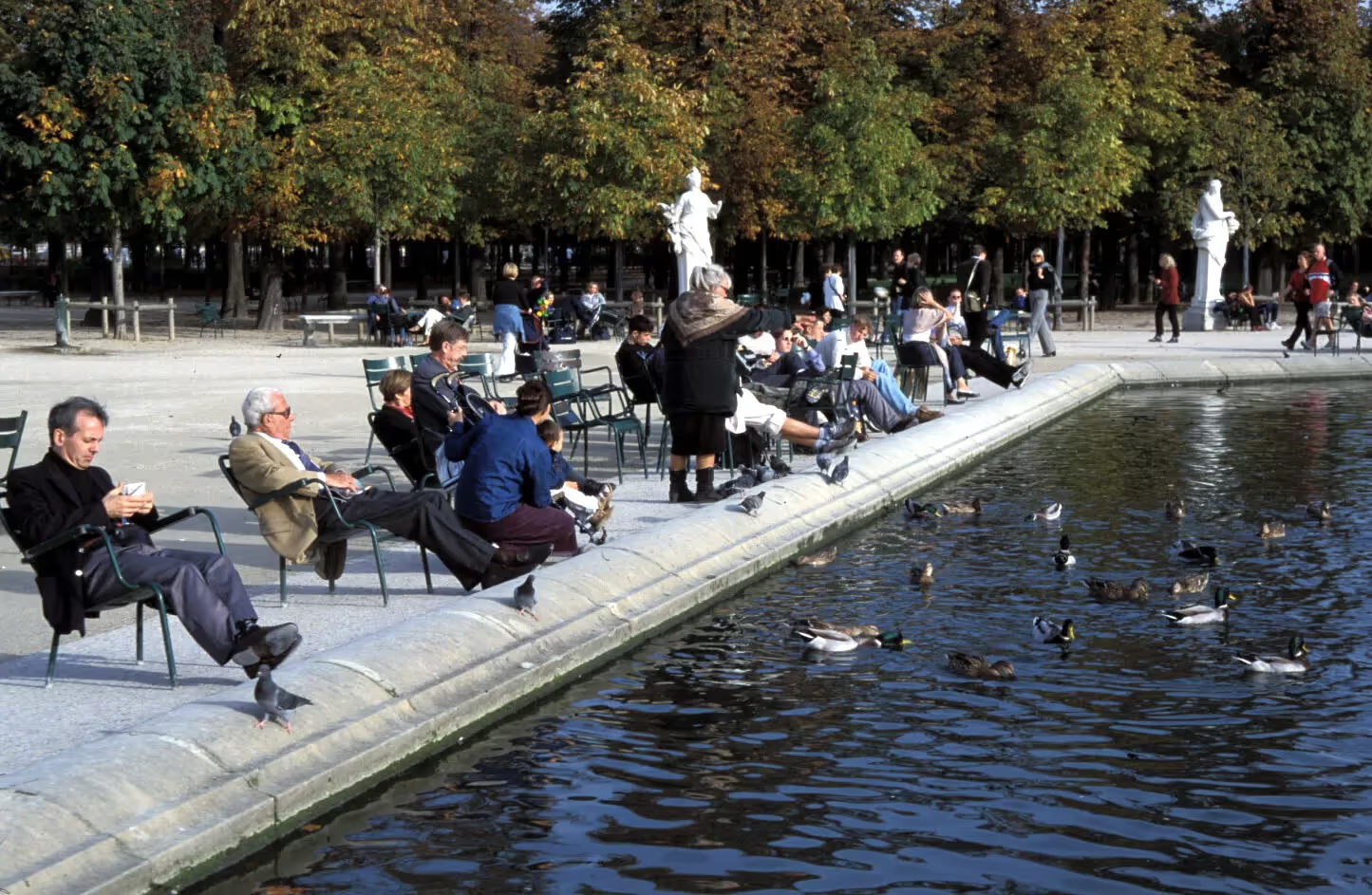
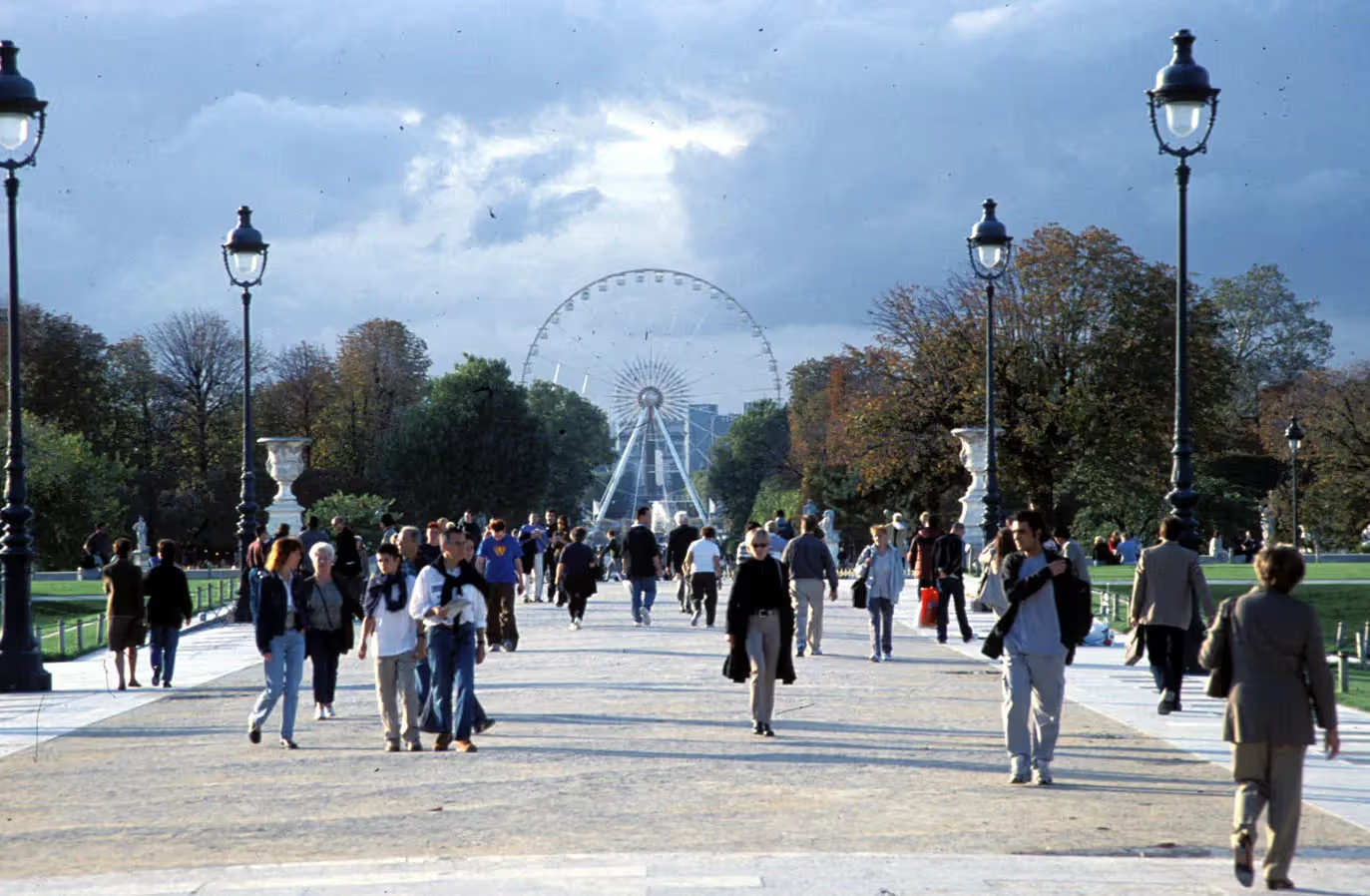

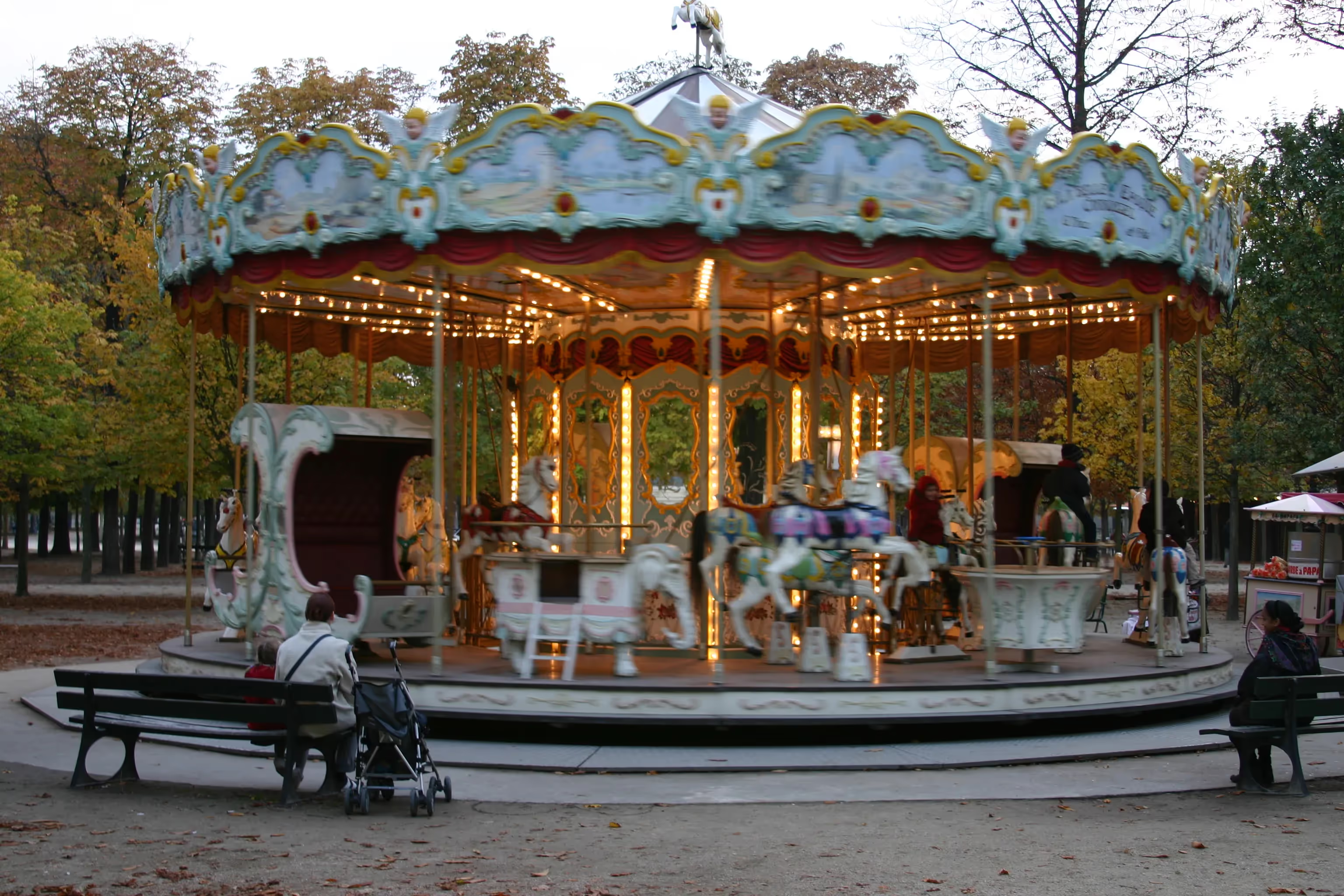
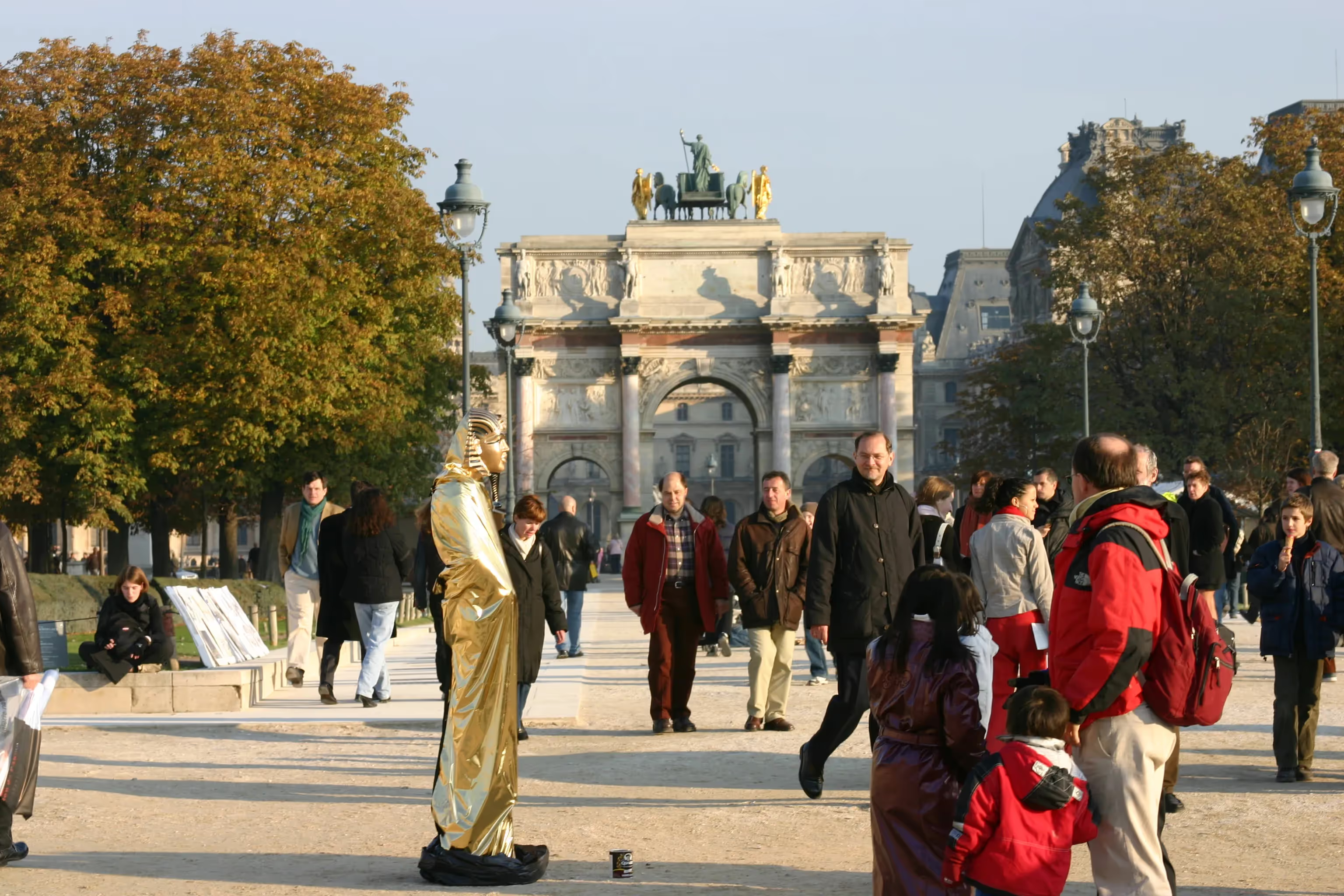
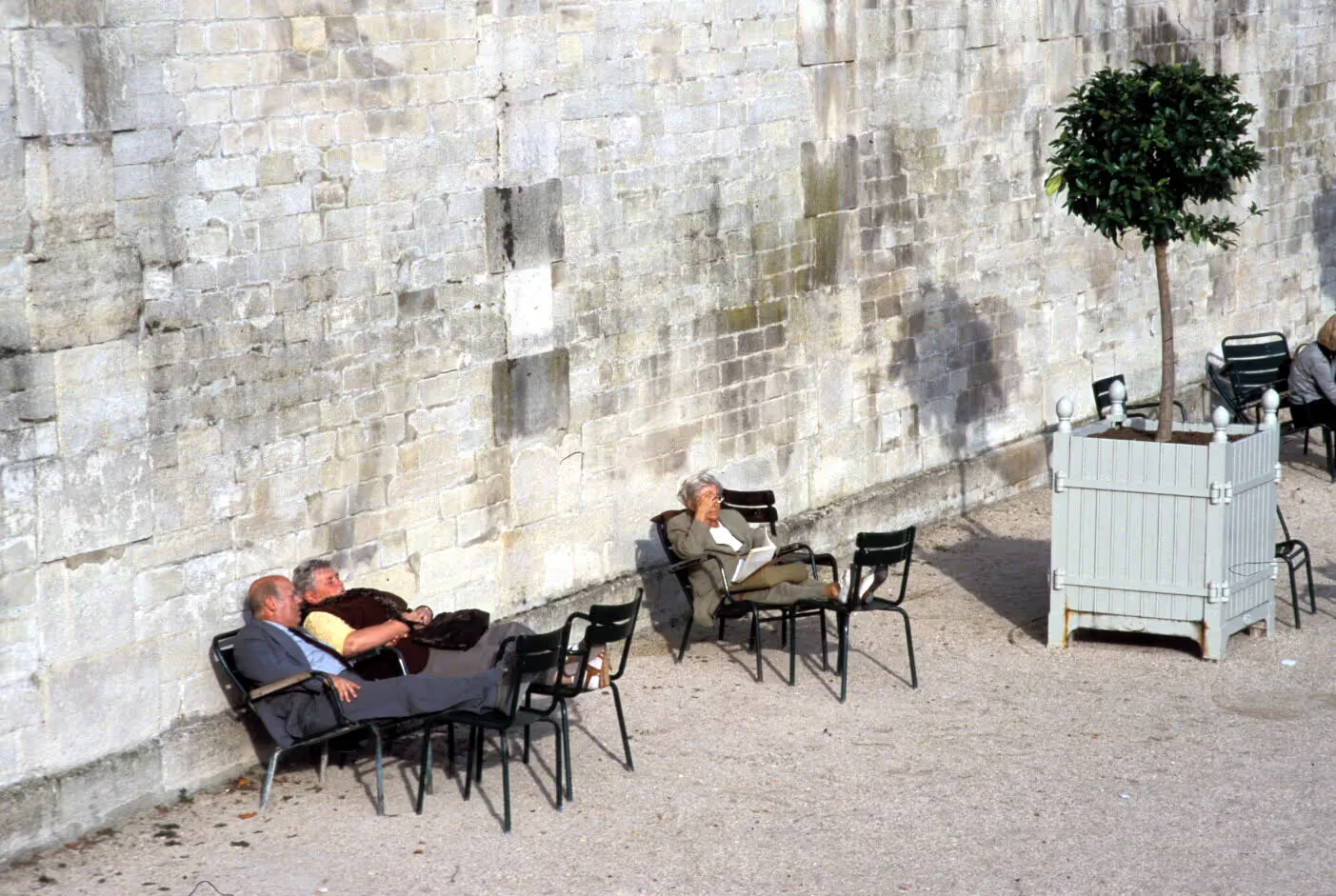

*Please note that these Hall of Shame nominations were written in a moment in time (most over a decade ago) and likely have since changed or even been transformed. If the above entry is now great, or still not so great, go ahead and comment below on how it has evolved or nominate it as a great place.